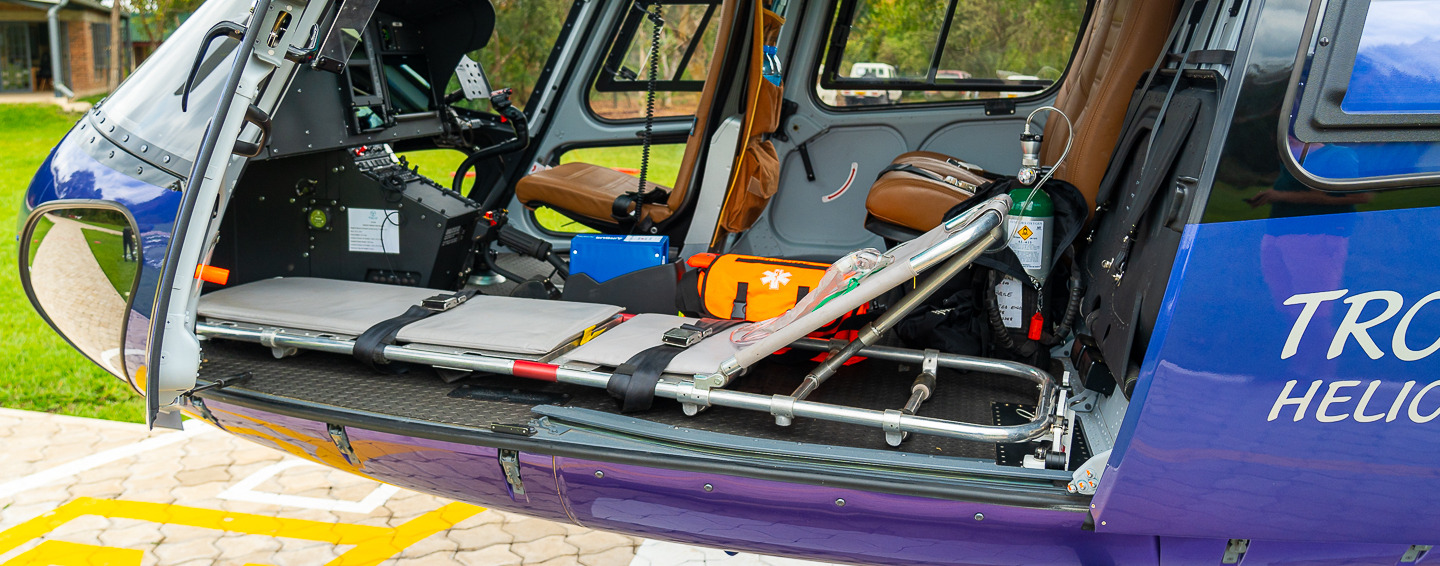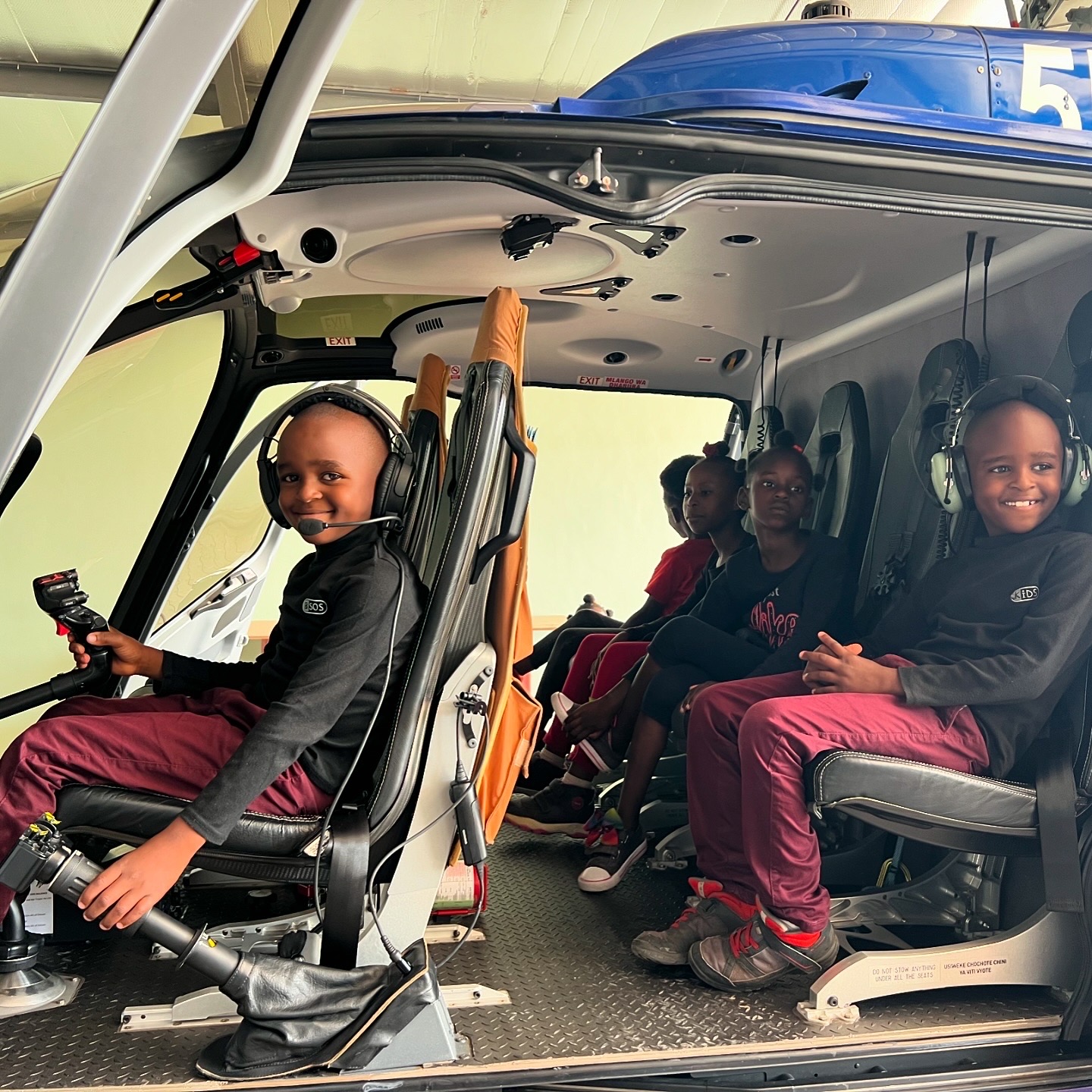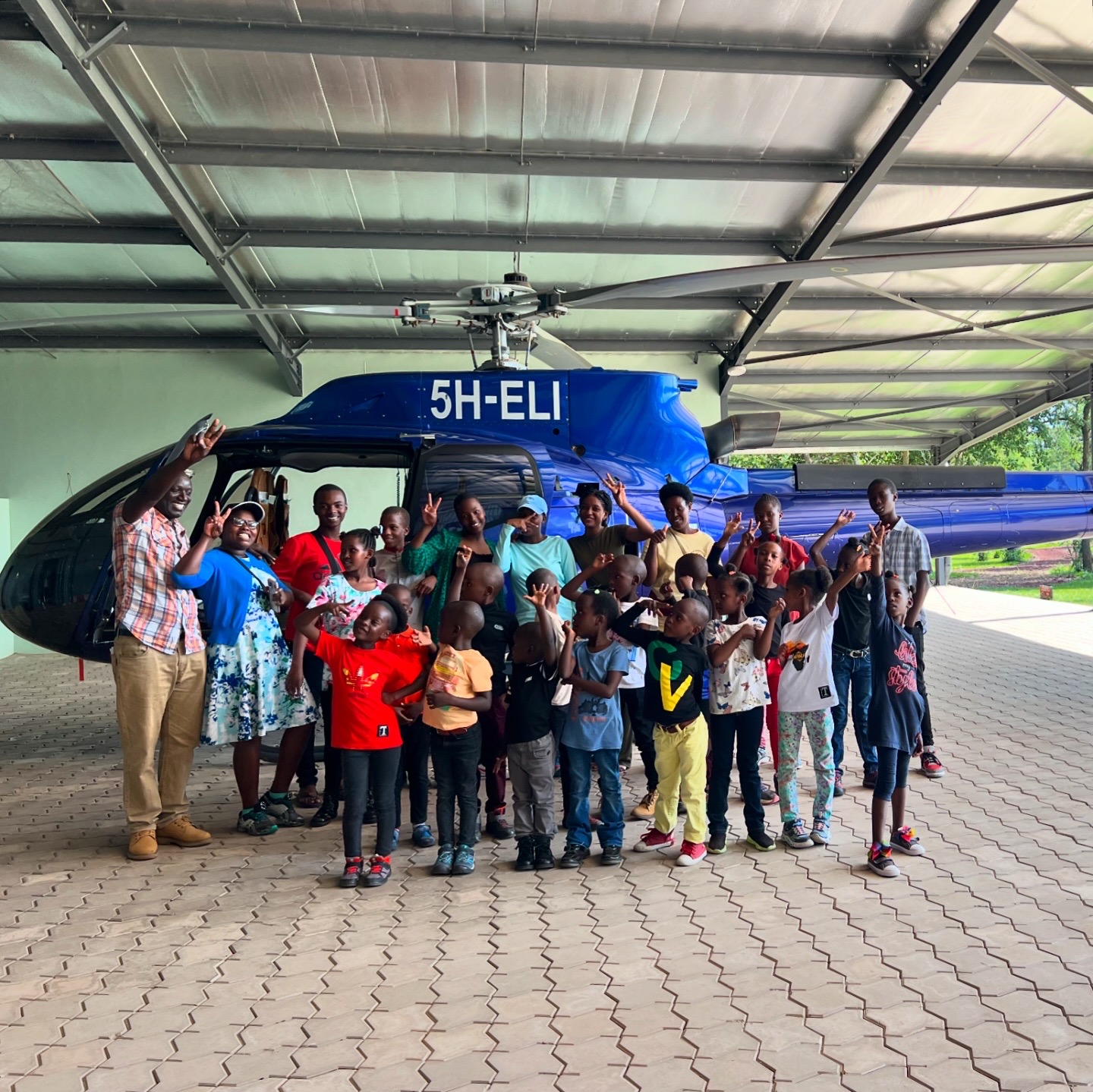Climbing Mount Kilimanjaro is a once-in-a-lifetime adventure, but it comes with its share of risks. From altitude sickness to sudden injuries, climbers may find themselves in need of emergency evacuation. That’s where our helicopters, equipped with advanced helicopter casualty evacuation equipment, come into play. We provide a lifeline for those in need of immediate medical attention, offering fast, efficient, and safe rescue operations on Africa’s highest peak.
Why is Helicopter Casualty Evacuation essential on Mount Kilimanjaro?
Mount Kilimanjaro, standing at 5,895 meters (19,341 feet), poses a number of health risks for climbers. Acute Mountain Sickness (AMS), which can escalate to life-threatening conditions like High Altitude Pulmonary Edema (HAPE) or High Altitude Cerebral Edema (HACE), can affect even the most experienced hikers. Injuries from falls, fatigue, and exhaustion are common, particularly as climbers ascend to higher altitudes.
In these situations, time is critical. Quick evacuation is often the difference between a full recovery and a potentially life-threatening scenario. Our helicopter evacuation services on Kilimanjaro are designed to provide rapid response times and access to immediate medical care, ensuring climbers receive the help they need when emergencies arise.
Key Equipment on Board for Kilimanjaro Evacuations:
Our helicopters are outfitted with cutting-edge helicopter casualty evacuation equipment, making them fully prepared for any emergency that may occur on Mount Kilimanjaro. Here’s a look at the essential gear we carry:
- Medical-Grade Stretchers: Designed for safe and secure patient transport, our stretchers ensure that injured or incapacitated climbers are moved with minimal discomfort and risk.
- Oxygen Systems: Given the high altitude and thin air on Kilimanjaro, oxygen tanks are a crucial component of our equipment. Oxygen is often needed to stabilize patients suffering from altitude-related conditions like AMS, HAPE, or HACE.
- First Aid Kits and Emergency Supplies: Our helicopters are stocked with a comprehensive array of first aid supplies to handle everything from minor injuries to serious medical emergencies. This includes advanced wound care, IV fluids, and emergency medications.
Each piece of equipment plays a vital role in ensuring climbers are safely evacuated and stabilized while en route to Kilimanjaro Christrian Medical Centre.




Recent Comments